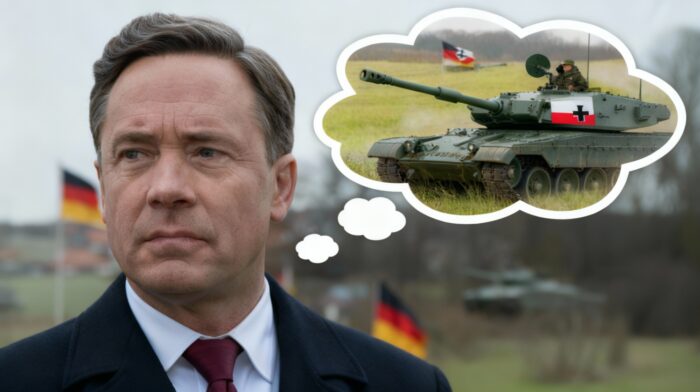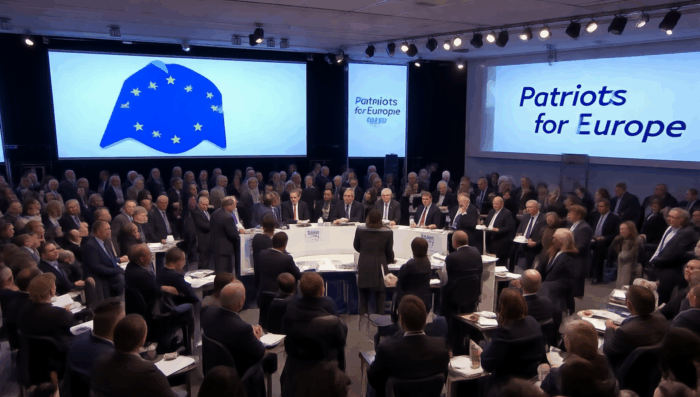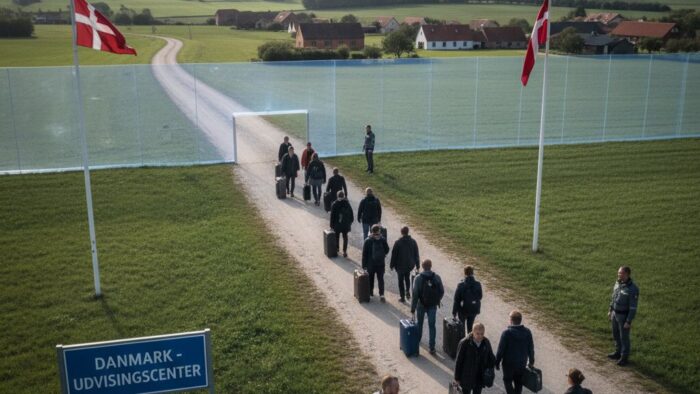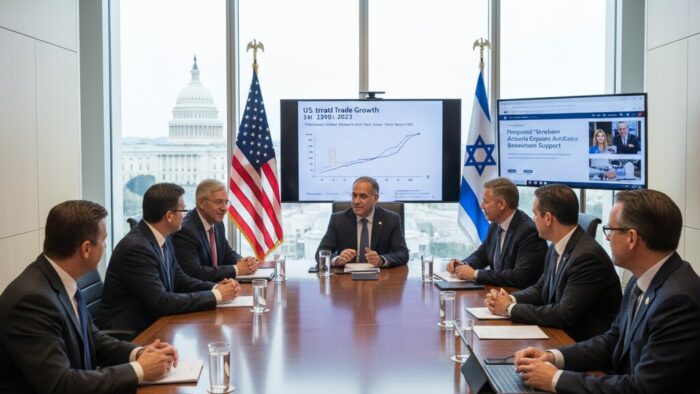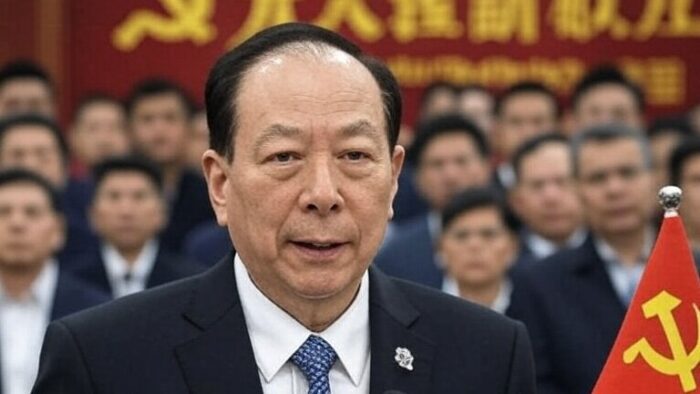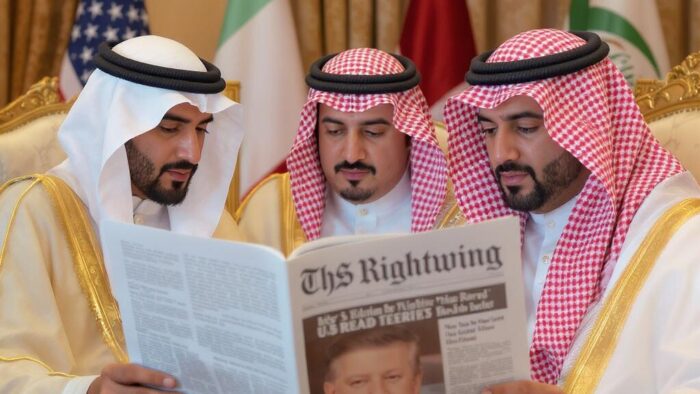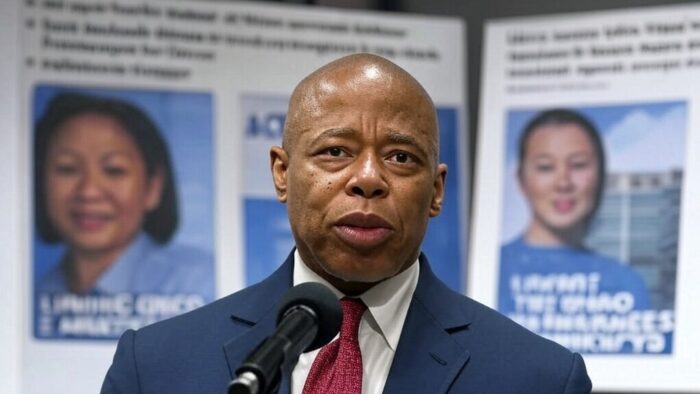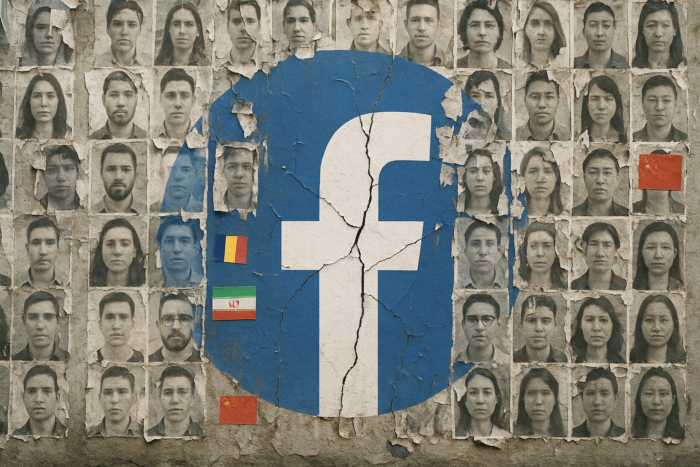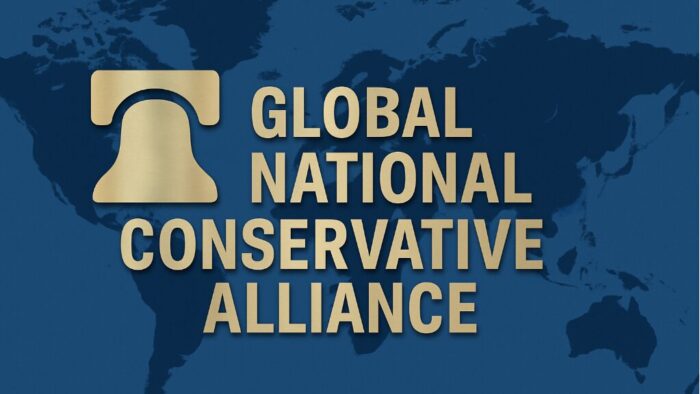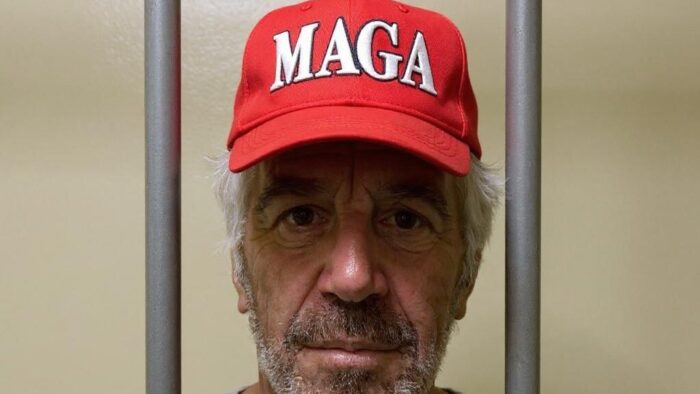The audience at Trump’s UN speech reacted very differently from previous years, with world leaders sitting in silence rather than laughing at the president’s controversial statements. On 24 September 2025, the BBC reported that Trump delivered what correspondent James Landale called “Trumpism unplugged,” spending nearly an hour attacking the United Nations, European allies, and climate policies while claiming personal credit for ending seven wars. The article begins:
Donald Trump’s speech to the United Nations was one of the clearest expositions of the way he sees the world, his ideology in its rawest form. To his supporters, it will be seen as Trumpism unplugged — to his critics, Trumpism unhinged. Over almost an hour, he took aim at his opponents and their ideas, picking them off one by one as he toured the world. He began at home, praising the United States and himself. He said the US was living through a golden age and repeated his much-disputed claim that he had personally ended seven wars, something he argued merited a Nobel Peace Prize. But then the president laid into his hosts. The UN, he said, had not helped his peace-making. He questioned the organisation’s purpose, saying it had tremendous potential but was not living up to that.
Key Points
- Trump attacked the UN’s effectiveness and accused the organization of financing asylum seeker “invasions” into America.
- The President called climate change “the greatest con job ever perpetrated on the world” to audible gasps.
- Trump warned Europe faces destruction from the “double-tailed monster” of immigration and green energy policies.
- Unlike 2019, when the UN audience laughed at Trump’s claims, this year, world leaders listened in silence
Trump’s UN Speech: A Showcase of National Conservative Ideology
Donald Trump’s latest speech before the United Nations serves as a showcase of national conservative ideology, advancing nearly every core tenet of the movement. He portrayed immigration as an existential invasion undermining sovereignty, framed global institutions as corrupt and ineffective, denounced renewable energy as a “scam,” and elevated fossil fuels, tariffs, and military supremacy as foundations of national strength. The speech concluded with appeals to Christianity, ancestral heritage, and the defense of cultural traditions—defining features of the national conservative worldview.
- Exclusionary Sovereignty and Identity
The repeated invocations of “strongest borders,” “zero illegal aliens,” and prison statistics about migrants in Europe push a vision where national identity is under siege from outsiders. Migration is cast not as a policy problem but as an existential invasion that must be repelled to preserve culture, tradition, and sovereignty. - Economic Nationalism
Trump ties prosperity to deregulation, tariffs, and domestic energy expansion. Foreign investment is praised only insofar as it flows into America under his rules. He frames international trade as a zero-sum battle, positioning tariffs as weapons of sovereignty rather than tools of cooperation. - Patriotism Over Global Cooperation
The United Nations is mocked—teleprompters, escalators, “strongly worded letters.” Multilateralism is portrayed as weak, corrupt, and parasitic. Peace, in his telling, comes only through U.S. unilateral action and personal deals with strong leaders. - Prioritizing Economy Over Environment
The green transition is derided as a “scam” and “con job.” Renewables are painted as expensive, useless, and foreign-made (especially Chinese). Fossil fuels, coal, and nuclear are exalted as the lifeblood of national greatness. - Restrictive Social Welfare
Though not deeply elaborated, the theme appears in his insistence that migrants “deplete our social safety net,” and that benefits should be preserved only for native citizens. Compassion is reserved for others only if “problems are solved in their own countries.” - Nationalist Education and Cultural Preservation
The closing section celebrates ancestors, founding myths, and heroic legacies as guiding duties. It’s a classic nationalist invocation of heritage and culture as sacred assets to defend against dilution. - Harsh Immigration Policies
Immigration is consistently equated with crime, terrorism, trafficking, and cultural annihilation. Policies are framed as humanitarian not in protecting migrants, but in discouraging them from coming at all. - Enforcing Traditional Family Structures & Religion
He nods to “protecting religious liberty” with special emphasis on Christianity as “the most persecuted religion on the planet.” This taps into a common National Conservative motif of defending the Christian heritage of the West. - Controlling Media and Shaping Narratives
While less central here, attacks on “fake news” and references to censorship in Brazil reflect the broader claim that globalist elites control narratives to weaken sovereign nations and silence patriotic voices. - Militarized National Security Focus
Trump repeatedly boasts of U.S. military supremacy, drone strikes, bombings, and designating gangs/cartels as terrorist organizations. NATO is reshaped not as a cooperative body but as a burden forced to meet his nationalist definition of strength.
The rhetorical throughline is that America (and by extension, the West) is great only when it asserts sovereignty, defends borders, rejects globalist schemes, and doubles down on fossil-fueled industrial strength. Global institutions, green energy, open borders, and humanitarian multilateralism are depicted as threats that sap vitality. This is precisely the National Conservative narrative: a world of proud, distinct nations, each protecting its heritage, economy, and traditions, suspicious of supranational authority, and justified in using hard power—military or economic—to enforce that vision.
External References:
- National Conservatism: The Transatlantic Rise of a New Right
- The Trump Doctrine of Nationalism
- Understanding National Conservatism
Disclaimer
The Global Influence Operations Report (GIOR) employs AI throughout the posting process, including generating summaries of news items, the introduction, key points, and often the “context” section. We recommend verifying all information before use. Additionally, images are AI-generated and intended solely for illustrative purposes. While they represent the events or individuals discussed, they should not be interpreted as real-world photography.
